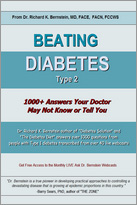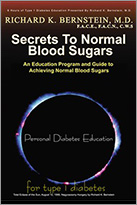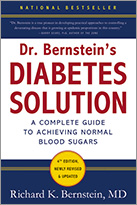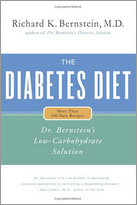A patient from Indiana with a hiatal hernia once told me, “These Dextrotabs don’t raise my blood sugar one bit. What really works is one stick of that sugar-free chewing gum” (because chewing the gum encourages the stomach to empty a meal that may be sitting there).
Her comment illustrates a major hazard associated with any condition that retards stomach-emptying (gastroparesis, ulcers, and so on): treating hypoglycemia rapidly is nearly impossible. Note the qualifier, “nearly.” There are some tricks to circumvent the problem.
If your hypoglycemia occurred because your last meal is still sitting in your stomach, you might thereafter try some chewing gum to help it empty.
Since chewed glucose tablets can take several hours to leave your stomach, you should suck them or, preferably, try a liquid glucose solution. Such a product is available as glucose tolerance test beverage under a number of brand names in the United States. These include Glucola, Limeondex, Dexicola, and Sun-Dex. The drinks are bottled by manufacturers of clinical laboratory reagents and are stocked in every hospital lab and private clinical laboratory. A very convenient version, called Glutol, comes in plastic bottles. It is made by Paddock Laboratories, (800) 328-5113, and is also sold by Rosedale Pharmacy. It contains
2.8 grams of glucose per teaspoon and 8.3 grams per tablespoon. See Table 20-1 to calculate how much these amounts will raise your blood sugar. If you don’t have a medicine spoon handy and are in a hurry, assume that one swallow from the bottle is equivalent to 1 tablespoon.
If you’re traveling and forget to bring along a bottle of your glucose tolerance test beverage, get some lactose-free milk. This product has been treated with an enzyme that converts the lactose to glucose. In the United States, the most widely marketed brand is Lactaid. Every 4 ounces contains 6 grams of glucose. Remember, however, that Lactaid will spoil after a few days if not refrigerated.
Even if you’ve used the glucose tolerance test drink or Lactaid, you can speed up the action by chewing gum, by doing the back-flex and stomach exercises described earlier in this chapter, by using a handheld massager, and/or, prior to eating, by using some of the medications mentioned earlier.




